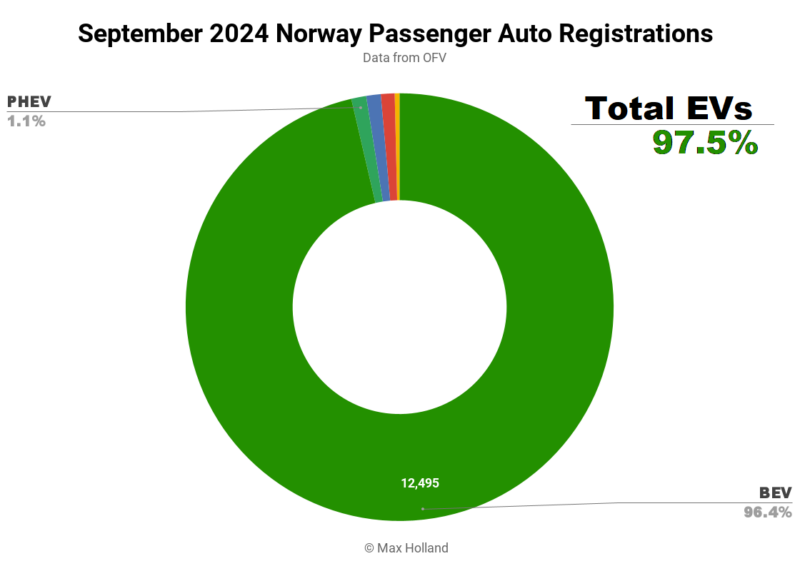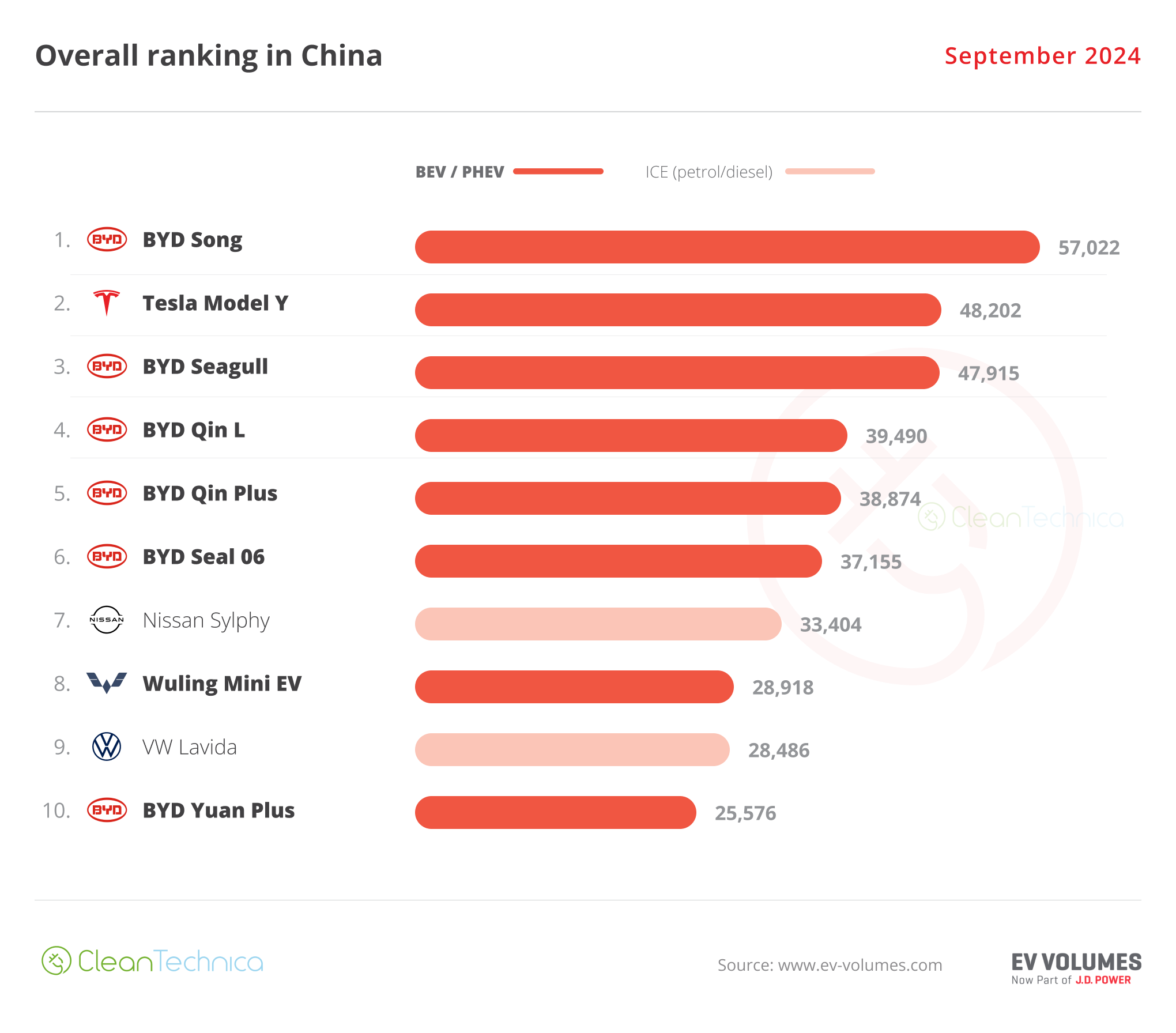Sign up for daily news updates from CleanTechnica on email. Or follow us on Google News!
The floating solar industry is beginning to take off, as investors are attracted by the opportunity to set solar panels off to sail on the waters of existing human-made reservoirs instead of taking up land for solar development. To gild the green lily, tracking has now entered the mix, enabling floating panels to maximize their output by following the sun throughout the day.
Solar Tracking: Not For Everyone
Tracking is a fairly common feature among land-based solar arrays. Instead of remaining in one position, solar panels equipped with a tracker follow the sun throughout the day to take advantage of the most efficient angles.
Due to the extra mechanisms involved, tracker-equipped solar panels are more expensive to install and maintain than fixed-position panels. Ideally, though, they boost solar conversion efficiency and enable the array to generate more electricity in less space, which can help resolve land use issues.
The Energy Department’s National Renewable Energy Laboratory ran the numbers back in 2018, and reported a global average improvement in solar energy conversion of 9% for solar panels mounted on a single tracking axis, with individual improvements ranging from 4% to 15%.
US readers, don’t get too excited just yet. The tracking picture is different here. In a 2017 recap of the topic, the US Energy Information Agency noted that tracking is not particularly popular in the US, that tracking uptake varies widely among different US regions, and that tracking is not particularly economical in some US regions.
The culprit, as described by EIA, is cloud cover.
“Solar-tracking technologies that follow the path of the sun across the sky are effective at capturing direct radiation because they can be aimed directly toward the sun,” EIA explains. “However, these tracking technologies have no benefit when capturing diffuse radiation because diffuse radiation is not concentrated in a certain trackable direction.”
In 2022 NREL took a closer look at the diffuse light issue. Meanwhile, those of you in sunnier parts of the western US are more likely to spot arrays equipped with tracking. In the eastern US, not so much.
The Floating Solar Solution
Other parts of the world are ideal for solar tracking and the industry is beginning to take off. Fortune Business Insights recently projected that the global solar tracker market will grow to $19.61 billion by 2030, up from $6.94 billion in 2022 and an estimated $7.88 billion for this year.
That’s all well and good, unless you can’t find any land to put your solar array in the first place. In the US, for example, opposition to rural solar development has been organizing with a reported assist from fossil energy stakeholders.
Much of the controversy around US rural solar development has to do with the use of farmland, and that’s where floating solar comes in. Utility-scale solar arrays can be located on existing reservoirs and other human-built water infrastructure, leaving farmland and other sensitive lands alone.
That sounds simple enough, but the devil is in the details. Corrosion is one issue. Shifts in reservoir water levels over days, weeks, and seasons can also complicate floating solar installations. Many reservoirs in the US and elsewhere also host recreation activities, which could limit siting options.
Dealing with bird droppings is another challenge, particularly in areas where water-loving birds are accustomed to flock.
Still, engineers love a challenge, and workarounds have been emerging. Large floating solar arrays are beginning to emerge on reservoirs and other pre-developed infrastructure in the US. Much more activity is taking place elsewhere around the globe (see more CleanTechnica coverage here).
The Tracking Challenge
Tracking adds yet another layer of complexity to floating solar technology, but activity is beginning to stir in that area as well.
Last year, Popular Science was among those to flag a floating solar array with tracking, installed on the Oostvoornse Meer lake in the Netherlands by the Porteguese firm SolarisFloat.
Reportedly a first-of-its kind installation, the floating solar array is relatively small at a capacity of just 73 kWp (73 kilowatts of peak power). BBC News also noted that the solar installation consists of a circular system just 38 meters wide. However, SolarisFloat has designed its system around a modular plan that lends itself to scaling up.
SolarisFloat anticipates a far greater return on the tracking investment than the NREL assessment from five years go. The company’s website cites “an increase in energy production up to 40%,” though they don’t specify compared to what. Part of the gain, for example, could be attributed to the natural cooling effect of water. Solar panels function more efficiently in cooler temperatures, and SolarisFloat estimates that the water-cooled air around the panels will contribute up to 15% in increased production.
Floating Solar With HSAT Tracking
Another floating solar-plus-tracking company to come across the CleanTechnica radar is the Israeli startup Xfloat. The company was formed with the mission of transferring new land based solar technologies to water, with a focus on precision, algorithm-assisted tracking that leverages machine learning for maximum efficiency.
“Bodies of water bring with them a series of special challenges, and many land-based technologies are ineffective or impractical in a floating environment,” Xfloat explains, but apparently tracking is not one of them.
Xfloat has produced a horizontal single-axis tracking system (HSAT) for its floating solar system, in which the solar panel rests on a horizontal pole instead of the more familiar vertical alignment. According to Xfloat, it is the first company to apply “true” HSAT technology to floating solar arrays.
The HSAT configuration is a relatively new development, but it is beginning to attract interest due to its potential for reducing costs and expanding site selection options, too. In 2021, for example, the California Air Resources Board assessed a land-based HSAT demonstration project and noted that HSAT arrays can be constructed on sloping surfaces as well as flat ones. They also concluded that the technology could reduce project costs and by 10% and reduce installation time by 15%.
Among other cost saving features, Xfloat cites a stripped-down mooring system and the elimination of motors and hydraulics in favor of a hydrostatic system that leverages water pressure.
“Our proprietary hydrostatic system of controlled buoyancy tanks (‘Xfloat Controlled Buoyancy’, or ‘XCB’), arranged in a grid of connected vessels, controls the rotation of the PV tracking tables in unison, by +/- 60 degrees on a single axis,” the company explains. “Instead of using gears to tilt the PV panels, it uses a flexible, hydrostatic positioning mechanism.”
Like SolarisFloat, Xfloat anticipates a much greater improvement in efficiency compared to the NREL analysis of five years ago. “Our field-proven solution generates up to 28% more efficient yield than other FPV systems with the same power rating, while reducing overall lifetime costs significantly through numerous design and logistics enhancements,” the company states.
Wait For It: Floating Solar With Tracking Comes To The USA
The Spanish leading global water utility stakeholder Miya Water, for one, has seen enough. Last February the company announced that it has acquired a minority stake in Xfloat, aiming to get a foothold in the floating solar power generation industry to enhance its business model.
“The Company sees the floating PV technology as an additional way to deliver better results to water utilities around the World ensuring all their assets including water reservoirs are utilized in the most efficient manner,” MIYA explained.
In November of 2022 the Israeli-US technology exchange foundation BIRD (short for Binational Industrial Research and Development) put its seal of approval on the technology, providing a $1 million grant to fund a pilot project that pairs Xfloat with the US firm Rettew Associates, with the aim of demonstrating its tracker-enhanced floating solar system in the US.
No word yet on the location. Rettew’s home state of Pennsylvania would be a good guess despite the diffuse radiation limitation, so stay tuned for an update on that.
Where’s Congress?
Of course, no news about solar technology would be complete without a mention of Republican leadership in Congress, or lack thereof. While two US allies — Ukraine and Israel — are under threat, the Republican-led House of Representatives has been playing Whack-a-Mole with their own leadership.
As of this writing, the House Republican caucus continues to flail around like a headless chicken in search of a free lunch, having booted Representative Kevin McCarthy of California from the all-important position of Speaker more than a week ago without bothering to line up a replacement.
Meanwhile over in the Senate, Republican Tommy Tuberville of Alabama is single-handedly holding up hundreds of military promotions while his Republican colleagues Rand Paul (Kentucky), JD Vance (Ohio), and Ted Cruz (Texas) have done the same to key State Department diplomatic positions, including Israel and other countries in the Middle East.
So much for the party of American Exceptionalism. If you have any thoughts about that, drop us a note in the comment thread.
Follow me @tinamcasey on Bluesky, Threads, Post, LinkedIn, and Spoutible.
Photo (cropped): New floating solar technology is heading to a reservoir in the US, including a tracking system to optimize efficiency (courtesy of Miya Water via Xfloat).
Have a tip for CleanTechnica? Want to advertise? Want to suggest a guest for our CleanTech Talk podcast? Contact us here.
EV Obsession Daily!
I don’t like paywalls. You don’t like paywalls. Who likes paywalls? Here at CleanTechnica, we implemented a limited paywall for a while, but it always felt wrong — and it was always tough to decide what we should put behind there. In theory, your most exclusive and best content goes behind a paywall. But then fewer people read it!! So, we’ve decided to completely nix paywalls here at CleanTechnica. But…
Thank you!
Tesla Sales in 2023, 2024, and 2030
CleanTechnica uses affiliate links. See our policy here.





